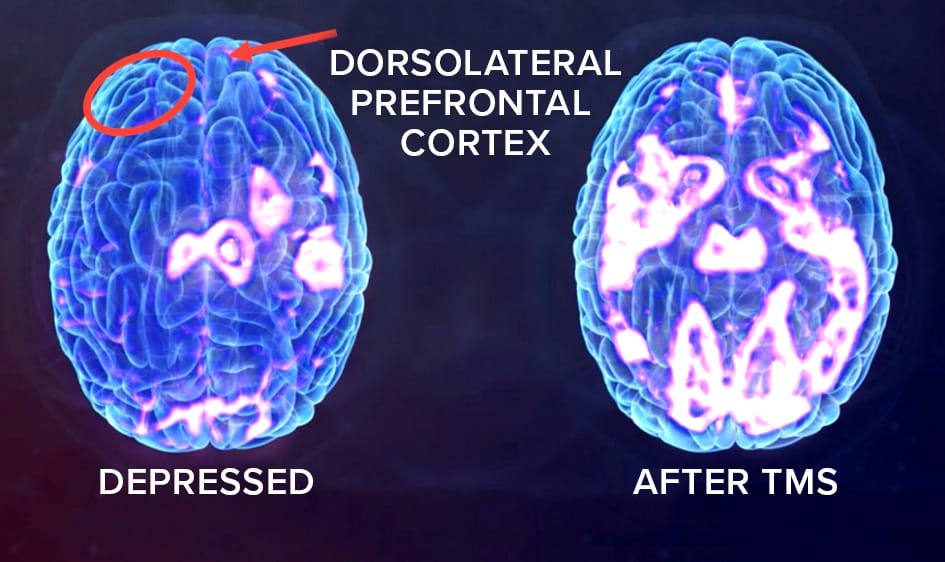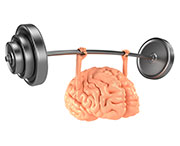Wandering through the tunnels of your mind, mood disorders create an emotional or physical upset, often impairing your ability to function at your peak. A mood disorder can take many shapes, from continued feelings of melancholy to experiencing emotional turmoil. Understanding and realizing these disorders is a giant leap toward ensuring mental wellness. The treatment for mood disorders, however, isn’t a universal solution but a remedy tailored to an individual’s specific need.
A constant imbalance in a person’s mental state upsets the equilibrium. A mood disorder takes a toll not only on the individual but also on the people around them. Frequently changing energy levels, sleeplessness, loss of concentration, indecisiveness and isolation from social interaction are impacts that mood disorders can induce on an individual. Establishing a supportive environment becomes necessary in such cases, and seeking professional help should never be frowned upon.
Non-invasive therapies showing much success in treating mood disorders are Transcranial Magnetic Stimulation (TMS) and Personalized Transcranial Magnetic Stimulation (PrTMS). The broad term for TMS is known as neuromodulation – the modification of neural activity to stimulate specific neurological areas of the body through various methods, such as electric stimulus or stimuli through a chemical agent. TMS is a niche form of neuromodulation, in particular, a non-invasive method to stimulate the brain through electric stimuli. The underlying mechanism of TMS is based on the principles of electromagnetic induction, as theorized by pioneering scientist Michael Faraday. An electric current is induced in the cerebral cortex through varying electric and magnetic fields.
Evolving from the traditional method of TMS, PrTMS is tailored to the patient’s specific needs. The brain is mapped via spectral electroencephalography (Spectral EEG) and adjusts the parameters of TMS: intensity, frequency, amplitude and point of stimulation – as per the requirements after a spectral EEG.
How does personalized TMS (PrTMS) work?
Step 1: Brain mapping. A human brain is home to billions of neurons, which align in patterned arrangements controlling brain functions: emotions, empathy, memory, etc. These neurons electrochemically coordinate with one another, giving rise to brain waves. The first step of PrTMS analyzes these brain waves through EEG to provide a detailed view of your neuron activity and to see the extent of disturbance in brain waves. It gives a clear picture of the health of the patient’s brain.
Step 2: Analysis and formulation of a treatment plan. The data recorded with brain mapping is interpreted and analyzed by experts who then create a tailored treatment plan to help sort the disruptions observed in the brain.
Step 3: The treatment. The PrTMS therapy begins according to the customized plan set by the expert. For best results, the treatment plan is optimized and modified as it progresses.
How can PrTMS help alleviate mood disorders?
TMS treatment for major depressive disorder has been FDA-approved, specifically for scenarios where traditional medication proves ineffective. PrTMS is an advancement as it helps to customize treatment plans on case-by-case scenarios. TMS is also being explored for other mood disorders such as persistent depressive disorder (dysthymia), cyclothymic disorder and substance/medication-induced mood disorder.
In conclusion, PrTMS is a transformative therapy that acts as a guardian angel for those struggling with a mood disorder, anxiety or depression. As technological research continues to evolve, PrTMS applications will be applied to treat complex neuropsychiatric disorders. Even still, PrTMS serves as a beacon of hope for those affected.
Dr. Sunder is board-certified by the American Board of Psychiatry and Neurology in psychiatry and neurology. With integrative psychiatry, he combines the power of the mind and cutting-edge neurotechnology to help patients achieve optimal mental wellness. Learn more at www.karmatms.com.
















































Comments (0)